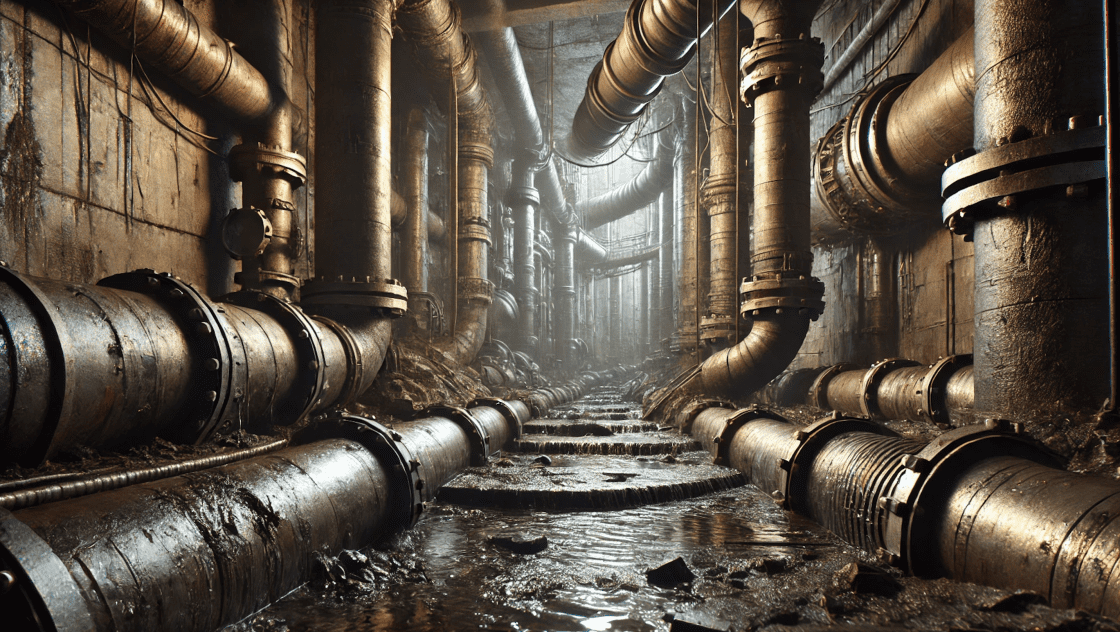Lonsdale Energy Corporation (LEC), a municipally-owned utility in North Vancouver, is poised to make a significant impact on climate action with its innovative Sewer Heat Recovery Plant. This groundbreaking initiative, designed to capture the thermal energy from wastewater, is set to reduce more than 7,600 tonnes of carbon emissions annually. The project represents a major step forward in North Vancouver’s commitment to sustainability, with the potential to remove the equivalent of 2,700 cars from the roads each year, contributing significantly to the city’s environmental goals.
How Sewer Heat Recovery Works
The core concept behind the Sewer Heat Recovery Plant is both simple and innovative. Wastewater, even during winter months, remains significantly warmer than the surrounding environment, typically at 20 to 25°C. This heat largely comes from everyday activities like dishwashing, laundry, and showering. Instead of allowing this energy to dissipate into the environment, the new facility will capture it using advanced industrial heat exchangers and redirect it into LEC’s district heating system.
Scheduled for completion in 2027, the plant will be situated across from the city’s works yard on West Second Street. Once operational, it will repurpose the thermal energy from raw sewage to heat over 7,000 homes, businesses, and public facilities in North Vancouver. By harnessing this unused resource, the plant will reduce LEC’s dependency on natural gas, which currently fuels 85% of its operations.
“We’re taking heat that would otherwise be wasted and using it to warm homes,” said Karsten Veng, CEO of LEC. “It’s about making the most of the energy we already have instead of letting it go to waste.”
Environmental and Economic Benefits
The environmental benefits of the Sewer Heat Recovery Plant are profound. Buildings in North Vancouver are the second-largest source of greenhouse gas emissions after transportation, making them a critical focus for carbon reduction. This plant directly addresses that by capturing and reusing waste heat, significantly cutting down on the need for carbon-intensive natural gas.
Beyond environmental benefits, the project represents a smart economic investment. The $24-million plant is backed by both federal and provincial governments, with $4.78 million in funding from the federal government and $12.76 million from the Province of British Columbia. The financial backing underscores the broader commitment from senior levels of government to transition towards low-carbon energy solutions.
City Councillor Jessica McIlroy, a member of LEC’s board of directors, highlighted the importance of this project in the city’s climate strategy: “Sewer heat recovery might sound unusual, but it’s a smart, sustainable way to use available resources. It’s a significant step forward in our efforts to decarbonize and build resilience into our energy systems.”
Advancing Carbon Neutrality Goals
The Sewer Heat Recovery Plant is central to LEC’s long-term vision of achieving carbon neutrality by 2050. While natural gas still powers the majority of the utility’s network, initiatives like this are key to reducing the company’s carbon footprint and transitioning toward renewable energy sources. By 2027, LEC aims to derive 40% of its energy from low-carbon sources, with the Sewer Heat Recovery Plant playing a pivotal role in that shift.
LEC currently serves approximately 7,000 homes across 108 buildings through its district energy system, which circulates hot water through a network of 15 kilometers of hydronic pipes. The heat recovery process will provide a more sustainable source of energy, lowering emissions and decreasing reliance on fossil fuels. Importantly, this system eliminates the need for individual building retrofits, which can be both costly and complex.
“Instead of retrofitting every building individually, which would be incredibly expensive, we’re improving the system as a whole to provide low-carbon energy for everyone,” said McIlroy.
The Broader Impact of District Energy Systems
District energy systems, like LEC’s, offer numerous advantages beyond just heating. By consolidating energy production in a central location, these systems are inherently more efficient and reliable than standalone heating systems in individual buildings. LEC’s network also incorporates renewable natural gas, geothermal energy, and solar panels, further enhancing its environmental performance.
As part of its broader decarbonization strategy, LEC continues to explore additional technologies to complement its existing infrastructure. Future projects may include ocean-source heat pumps, electric boilers, and even heat recovery systems linked to large-scale data centers. These technologies, while still in the planning stages, could dramatically reduce LEC’s reliance on natural gas in the coming years.
Addressing Concerns and Challenges
Despite its benefits, LEC has faced some criticism over the years, particularly around its monopoly in the district heating market and the higher costs associated with the utility. Some have also raised concerns about the city’s continued use of natural gas, arguing that zero-carbon alternatives, like heat pumps, are now more widely available and efficient.
However, LEC’s leadership remains focused on balancing affordability with sustainability. Veng acknowledged the challenges but emphasized that the transition to renewable energy is a complex, long-term process. “We’ve been developing LEC for over 20 years, and we’re now entering a new era of renewable energy,” Veng said. “We’ve been waiting for technologies like sewer heat recovery to mature, allowing us to keep rates affordable while transitioning to low-carbon solutions.”
The utility’s efforts are paying off, with LEC on track to eliminate its debt by 2037, while continuing to post positive revenues and contribute to the city’s capital payments.
Closing Thoughts
Lonsdale Energy Corporation’s Sewer Heat Recovery Plant is a shining example of how cities can leverage innovative technologies to reduce carbon emissions and build a more sustainable future. By capturing the heat from wastewater, the plant will provide clean, low-carbon energy to thousands of homes and businesses across North Vancouver, contributing to both environmental and economic goals. As the plant comes online in 2027, it will not only help the city meet its climate targets but also serve as a model for other municipalities looking to decarbonize their energy systems.
This initiative underscores North Vancouver’s commitment to sustainability, proving that even unconventional solutions like sewer heat recovery can play a vital role in the global transition to a low-carbon future.


